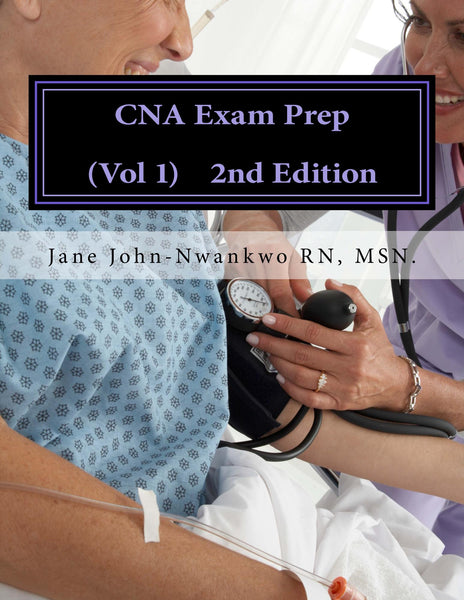


However, the pass rate is variable depending on average success rates nationally. Typically, the pass mark for the 18th edition exam is 60%, about 36 questions. There are a total of 60 questions which you have 2 hours to answer. The exam covering the 18th edition wiring regulations is taken online at an approved test centre. As such, when you hear people in the industry talking about any of the following, they will be talking about the 18th edition: More recently, the European Committee for Electrotechnical Standardization has harmonised wiring regulations further.īecause of this patterned history, the 18th Edition is often known by a variety of names. In 1992, the British Standards Institute ( BSI) formalised the wiring standards under BS 7671. This began in 1981 when the regulations aligned with those of the International Electrotechnical Commission (IEC). Over the years, regulatory standards across nations and continents have become increasingly aligned. They now tend to be referred to by their acronym, the IET. They remained the responsibility of the Society who later became known as the Institute of Electrical Engineers. The wiring regulations have been regularly updated ever since to reflect both new developments in wiring and updated modes of best practice.

To ensure any electrical wiring installations were safe and fit for purpose.To ensure appropriate quality of material usage, and.To ensure high-quality workmanship of wiring.The original regulations were published across just 4 pages and laid out 3 key purposes: As mentioned, the title of the regulation sat this time was ‘Rules and Regulations for the prevention of Fire Risks Arising from Electric Lighting’, highlighting fire risk as a key area of concern. This saw the first edition of the British Wiring Regulations published in 1882. With more towns inspired to abandon gas for electric lighting systems, the Society of Telegraph Engineers and of Electricians acted to design bets practice guidelines. More concerning, were reports of people coming to harm on exposed wires. This was particularly apparent on the side streets where the lights barely lit up the ground below them. Indeed, as soon as power was switched on there were reports of problems with the wiring. However, all was not completely well with the new system. These lights were provided by the German firm Siemens and used to replace the gas lighting system. In conclusion, the newly developed multi-locus DNA mini-barcodes assay is simple, fast, and inexpensive, and the results are easily interpreted, making the test ideal for species identification in forensic casework.On September 26 th, 1881 the world’s first fully electric-powered public street lighting was turned on in a town called Godalming in Surrey. The high sensitivity from 1 ng down to 5 pg and the good performance on degraded DNA and mock-case samples were encouraging findings of the assay. The mixture study showed the ability of the assay to correctly identify each species in 20-plex DNA mixtures and the discrimination of minor contributors from two types of DNA mixtures between 500:1 and 1:100 (≥10 pg minor contributor). The repeatability and tolerance to six common forensic PCR inhibitors were subsequently validated. And the 12S rRNA gene was used to design a pair of vertebrate universal primers for discrimination to wildlife species from domesticated animals, human samples, as well as microbial DNA. According to the guidelines of the Scientific Working Group on DNA Analysis Methods (SWGDAM), the strong species specificity and successful sample testing of non-invasive samples (feathers, hairs, fresh feces, blood-spotted FTA®, saliva, and anal swabs) of the multiplex assay were validated at the outset. The newly developed assay was designed for species-specific primers targeting the mitochondrial loci of the Cyt b, COІ, and 16S rRNA genes to amplify short fragments less than 304 bp. In this study, a multi-locus DNA mini-barcodes assay was successfully developed and validated to identify twenty vertebrate wildlife species, including mammals, birds, reptiles, and amphibians, using capillary electrophoresis for a higher amplification success rate, even from a complex DNA mixture of multiple species. DNA barcoding has been recognized as an effective molecular marker for forensic species identification.


 0 kommentar(er)
0 kommentar(er)
